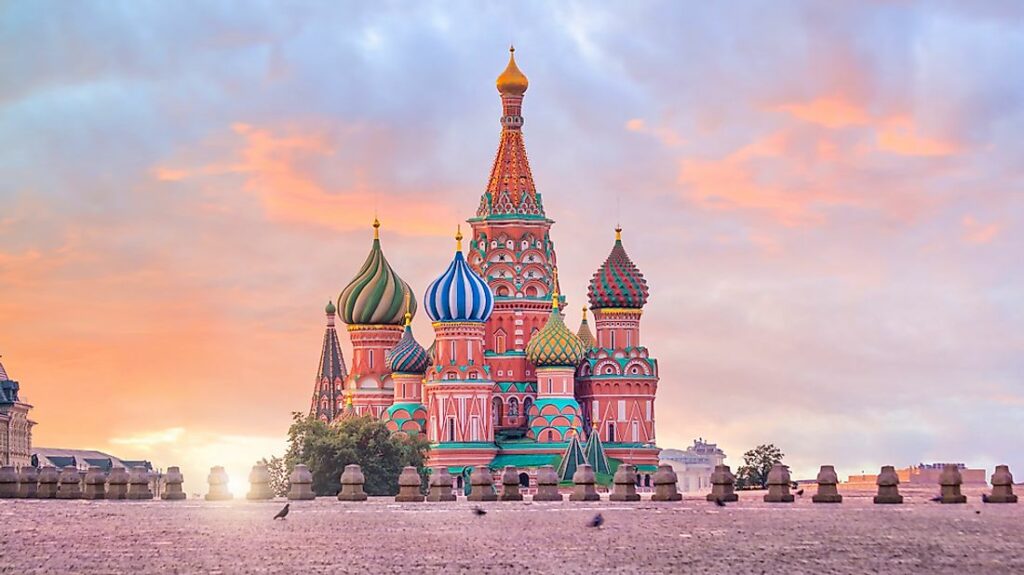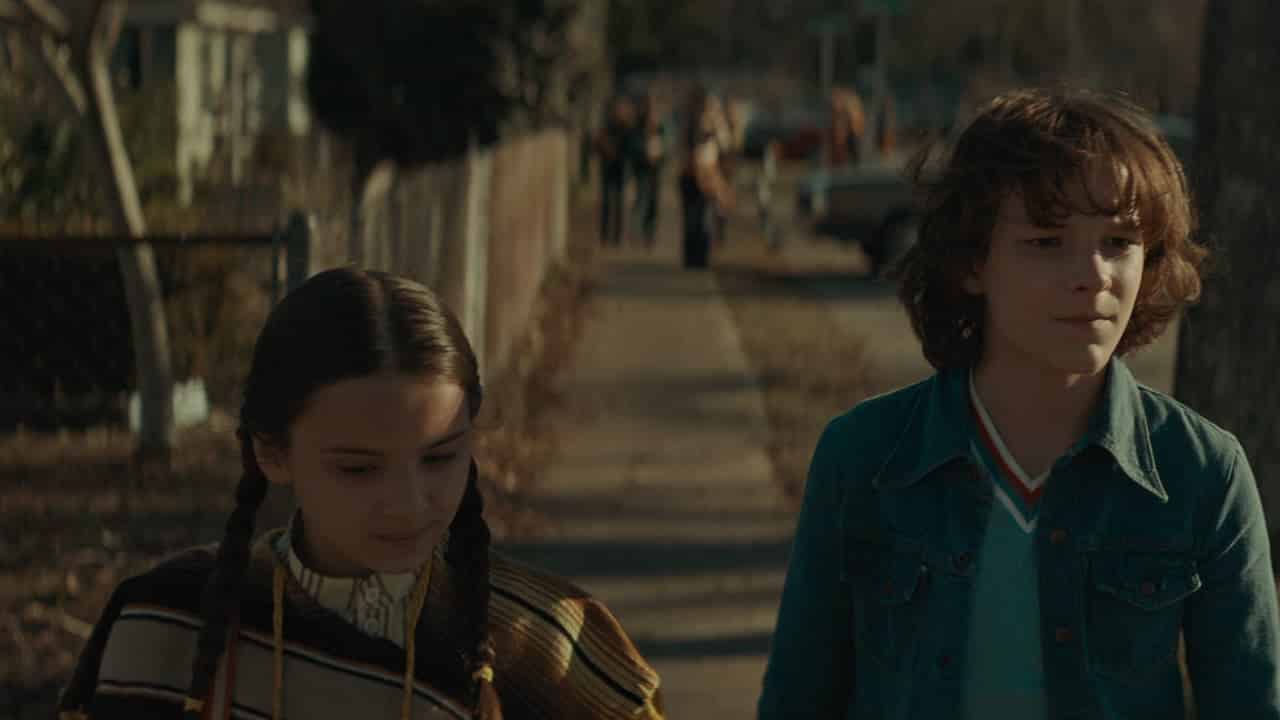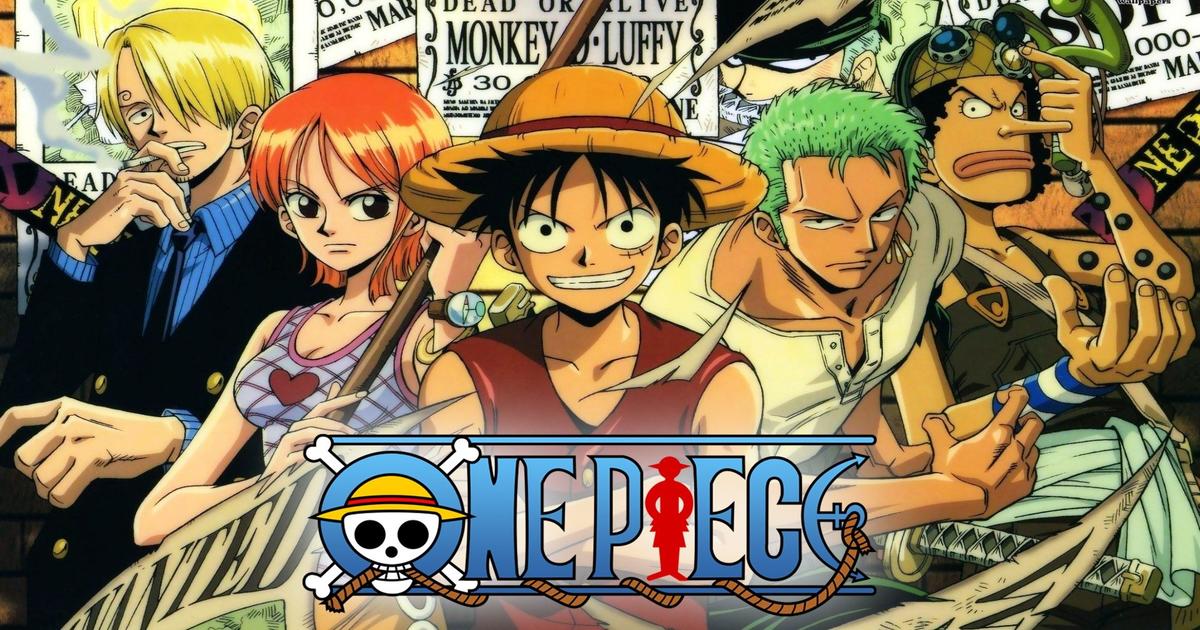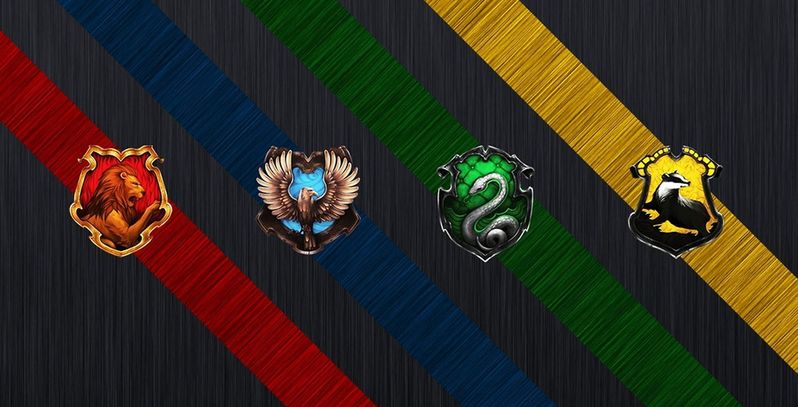Take this Russian History Quiz to find out how much you know about it. We update the quiz regularly and it’s the most accurate among the other quizzes.
From early Mongol invasions to tsarist governments to enlightenment and industrialization eras to revolutions and wars, Russia is known not just for its political crises and upheavals, but also for its cultural achievements (think ballet, Tolstoy, Tchaikovsky, caviar, and vodka).
A timeline of significant events in the world’s largest country is shown below.
Invasion of Mongols
Kievan Rus, the first significant East Slavic state, is created and headed by the Viking Oleg of Novgorod in 862. (although some historians dispute this account). After 20 years, Kyiv is designated as the capital.
980-1015: Prince Vladimir the Great governs the Rurik dynasty while converting from paganism to Orthodox Christianity. His son, Yaroslav the Wise, reigns as a grand prince from 1019 to 1054, establishing a written code of law and making Kyiv a hub of politics and culture in Eastern Europe.
Mongols invade Kievan Rus, devastating towns such as Kyiv and Moscow. Until 1480, Russia is ruled by the Khan of the Golden Horde.
Ivan III, often known as Ivan the Great, reigns from 1480 to 1505, liberating Russia from the Mongols and cementing Muscovite rule.
1547-1584: Ivan IV, sometimes known as Ivan the Terrible, becomes Russia’s first czar. Ivan the Great’s grandson advances Muscovite dominion into Siberia while imposing a reign of terror upon aristocrats through military authority. In 1584, he dies of a stroke. Also, you must try to play this Russian History Quiz.
Russian History Quiz
The Romanov Dynasty
After several years of turbulence, hunger, civil conflict, and invasions, Mikhail Romanov is coronated as Czar at the age of 16, bringing an end to a long period of instability. Russia will be ruled by the Romanov dynasty for the next three centuries.
1689-1725: Peter the Great reigns till his death, constructing a new capital in St. Petersburg, modernizing the military (including the establishment of the Russian navy), and restructuring the administration. Russia becomes a world power as a result of his promotion of Western European culture.
Catherine II, or Catherine the Great, becomes Russia’s longest-ruling female leader in a bloodless coup in 1762, ushering in Russia’s era of enlightenment. Her 30-plus-year leadership, as a promoter of the arts, also widens Russia’s borders.
1853-1856: As a result of Russian pressure on Turkey and religious tensions, the Ottoman Empire fought Russia and Czar Nicholas I in the Crimean War with British and French soldiers. Russia’s setback has debilitated it.
1914: Russia joins WWI in defense of Serbia against Austria-Hungary.
Lenin, the Bolsheviks, and the Soviet Union’s Ascension
The Romanov dynasty and Russian Imperial Rule come to an end on November 6-7, 1917, when the Bolsheviks, led by Vladimir Lenin, seize power and later become the Communist Party of the Soviet Union. Later that year, civil war erupts, with Lenin’s Red Army claiming victory and establishing the Soviet Union. Until his death in 1924, Lenin ruled the Soviet Union.
From 1929 until 1953, Joseph Stalin ruled Russia, transforming it from a peasant community to military and industrial force. His authoritarian rule included the Great Purge, which began in 1934 and resulted in the deaths of at least 750,000 people in order to remove resistance. He dies in 1953 as a result of a stroke.
1939: World War II begins, as Russia invades Poland, Romania, Estonia, Latvia, Lithuania, and Finland in accordance with a deal between Stalin and Adolf Hitler. In 1941, Germany violates the deal by invading Russia, which then joins the Allies. The Russian army’s victory at the Battle of Stalingrad was a crucial turning point in the war’s conclusion.
On March 5, 1946, Winston Churchill states in a speech that “an Iron Curtain has descended across the Continent,” and the Cold War intensifies as the Soviets encourage revolution in China, Asia, and the Middle and Near East. The Soviet Union detonates a nuclear bomb in 1949, hastening the nuclear arms race.
About the quiz
The installation of Soviet nuclear missiles in Cuba during the 13-day Cuban Missile Crisis causes Americans to fear nuclear war. Nikita Khrushchev, the Soviet leader, eventually agrees to withdraw the missiles, while President John F. Kennedy promises not to invade Cuba and to remove US missiles from Turkey. This Russian History Quiz will help you remember some details.
Gorbachev Implements Reforms
Mikhail Gorbachev is chosen general secretary of the Communist Party, and therefore essentially Russia’s leader, on March 11, 1985. Perestroika (restructuring the Russian economy), glasnost (more openness), and summit discussions with US President Ronald Reagan to end the Cold War are among his reform attempts. He is elected president in 1990, the same year he receives the Nobel Peace Prize for bringing the Cold War to a peaceful conclusion.
The Chernobyl tragedy, the world’s worst nuclear accident, occurs on April 26, 1986, at the Chernobyl nuclear power facility near Kyiv, Ukraine. The 18-mile radius surrounding the facility (which is no longer home to roughly 150,000 people) will be unlivable for the next 150 years, resulting in thousands of deaths and 70,000 severe poisoning cases.
Boris Yeltsin wins Russia’s first popular presidential election on June 12, 1991, promoting democratization.
The Soviet Union has collapsed.
The Soviet Union is dissolved and Gorbachev resigns on December 25, 1991, following an attempted Communist Party coup. Russia, along with Ukraine and Belarus, comprises the Commonwealth of Independent States, to which most former Soviet countries eventually accede. Yeltsin begins to loosen Communist-imposed pricing controls and implement reforms, and in 1993, he signs the START II accord, committing nuclear armament reductions. He is re-elected in 1996, but resigned in 1999, declaring his prime minister, former KGB operative Vladimir Putin, as acting president.
Vladimir Putin is elected president on March 26, 2000, and is re-elected in a landslide in 2004. Due to term constraints, he is forced to resign in 2008, when his protege Dmitry Medvedev is elected and becomes his prime minister. In 2012, Putin is re-elected, president.
On October 23, 2002, over 50 Chechen insurgents raid a Moscow theater, kidnapping up to 700 people during a sold-out performance of a popular musical. After a 57-hour stalemate, Russian soldiers storm the structure, killing the majority of the rebels and approximately 120 hostages.
The FBI launches an investigation into alleged Russian hacking of the Democratic National Committee’s computer system on July 25, 2016. Investigations and investigations on Russian intervention in the 2016 U.S. presidential election to aid Donald Trump are also being disclosed. Putin is re-elected in 2018 and is sworn in for another six-year term.
For more personality quizzes check this: Love Lust Or Infatuation Quiz




